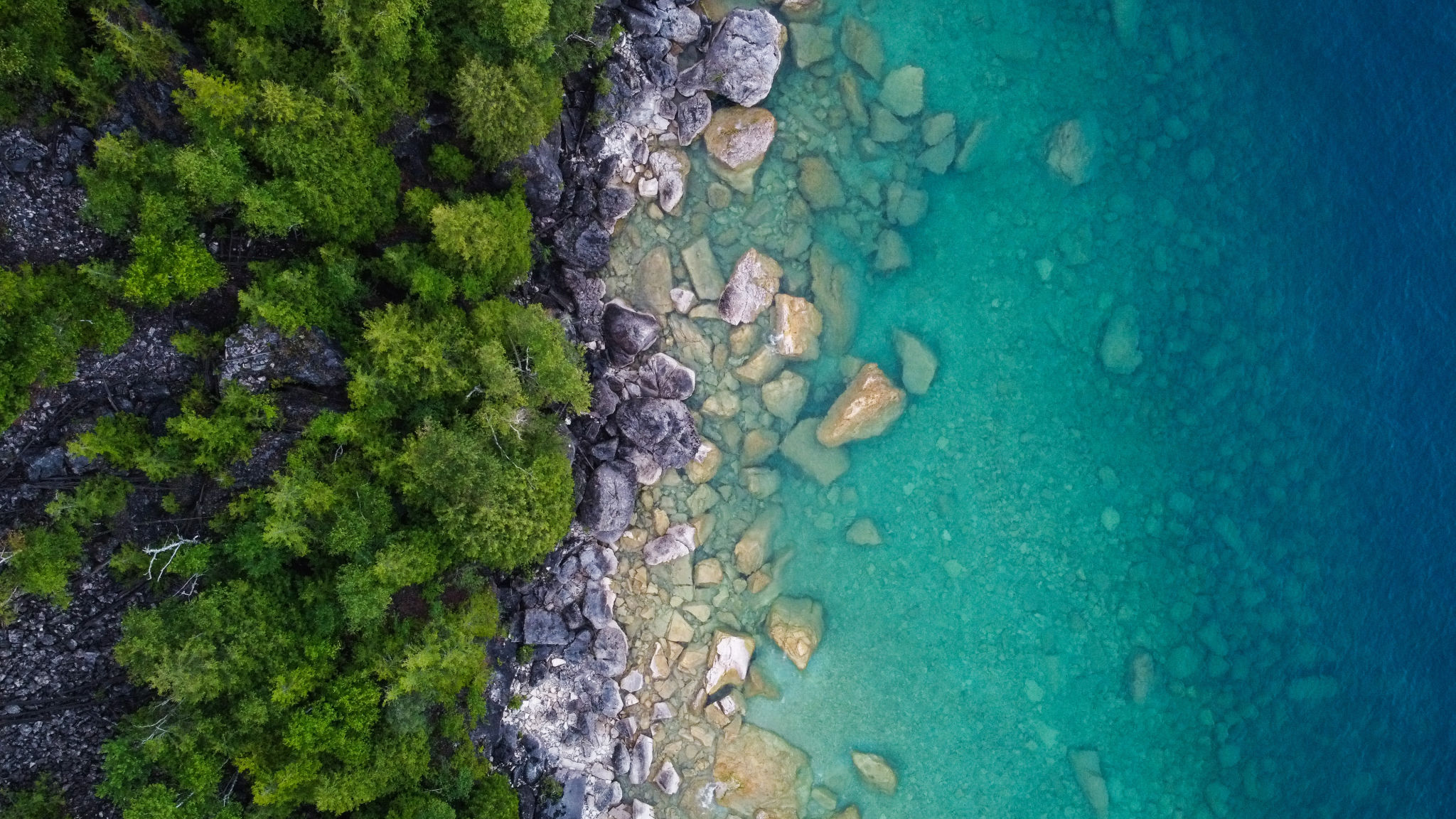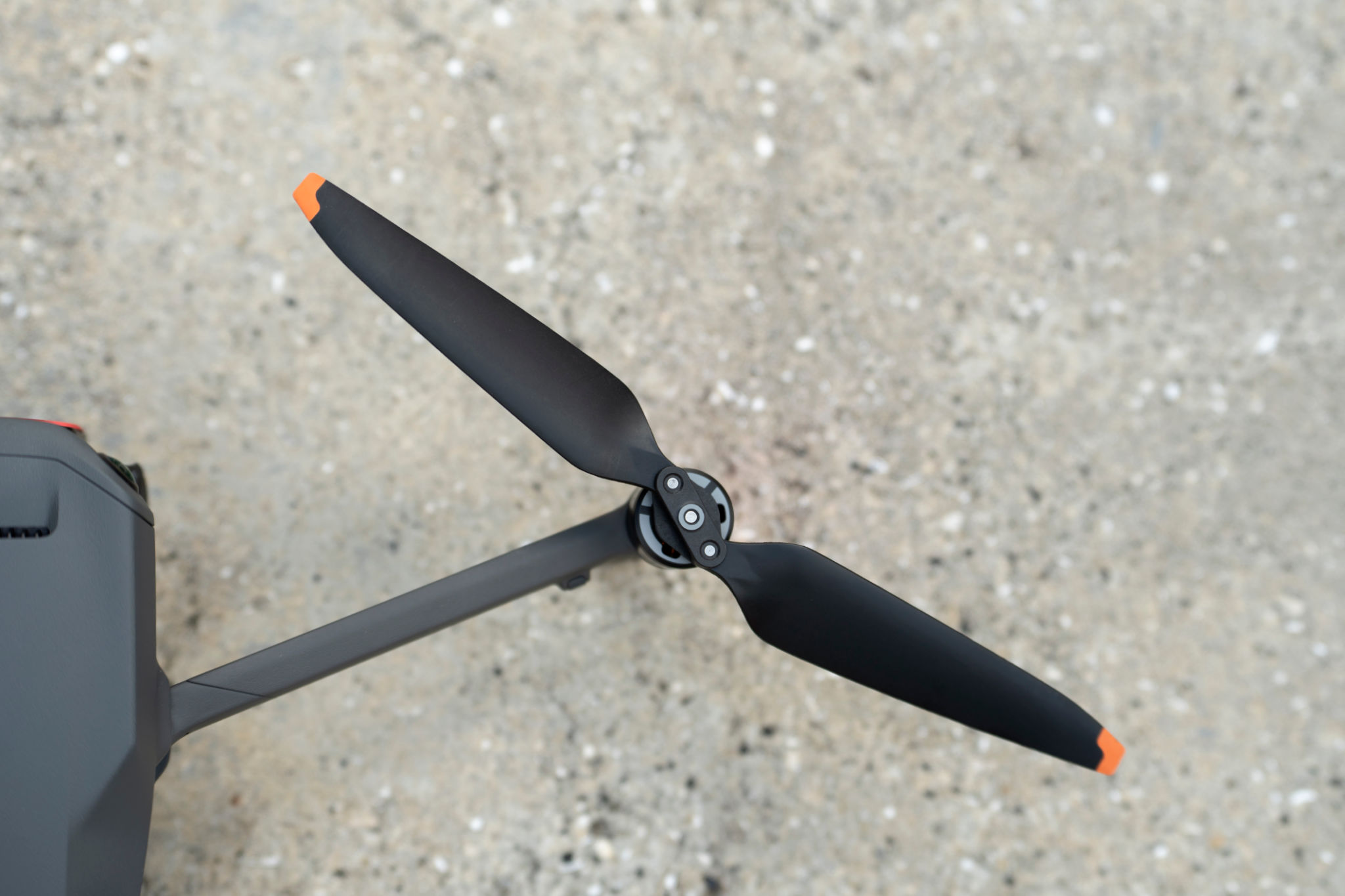Expert Tips for Safe Drone Operations in Coastal Areas
KR
Understanding the Unique Challenges of Coastal Drone Operations
Operating drones in coastal areas presents a unique set of challenges that drone pilots must be prepared to handle. The combination of water, wind, and wildlife requires a different approach compared to inland drone operations. Understanding these challenges is the first step in ensuring safe and successful flights along the coast.

One of the main concerns when flying drones near the coast is the unpredictable weather patterns. Coastal areas are often subject to sudden changes in wind and weather, which can affect drone stability and battery life. Pilots should always check weather forecasts and be prepared for rapid changes.
Pre-Flight Preparations and Safety Checks
Before taking off, thorough pre-flight preparations are essential. This includes conducting a detailed inspection of your drone to ensure all components are functioning correctly. Pay special attention to the drone's battery, propellers, and GPS systems.
Additionally, it is crucial to familiarize yourself with the local regulations and any restricted areas along the coast. Many coastal regions have specific rules regarding drone flights to protect wildlife and maintain privacy for residents.

Managing Environmental Factors
Coastal environments are dynamic, with varying wind speeds and potential interference from saltwater. Saltwater can cause corrosion and damage to electronic components, so it's important to avoid flying too close to the water's surface. Regular maintenance and cleaning of your drone will help mitigate these risks.
Wind management is another critical factor. Coastal winds can be strong and unpredictable, so it's advisable to fly at lower altitudes where winds tend to be less severe. Always be prepared to land immediately if conditions become unsafe.

Respecting Wildlife and Natural Habitats
Coastal areas are often home to diverse wildlife, including birds and marine animals. Drones can disturb these creatures, so it’s important to maintain a respectful distance. Avoid flying over nesting areas or disturbing animal behavior.
Consider using quieter drone models and flying during times when wildlife activity is minimal. This not only protects the environment but also ensures compliance with local conservation laws.
Emergency Procedures and Contingency Planning
Having a well-thought-out emergency plan is crucial for safe drone operations in coastal areas. Know how to land your drone quickly in case of battery failure or sudden weather changes. Familiarize yourself with manual controls in case of GPS signal loss.
It's also wise to have a contingency plan for retrieving your drone if it lands in water or inaccessible areas. This might include having waterproof gear or a retrieval device on hand.
Post-Flight Maintenance and Data Management
After each flight, conduct a thorough inspection of your drone to identify any potential damage from saltwater or sand. Clean all components carefully and ensure that no residue is left behind.
Finally, manage your flight data responsibly. Reviewing footage can provide valuable insights into improving future flights and ensuring compliance with regulations.
Continual Learning and Community Engagement
Staying updated on the latest drone technology and safety practices is essential for all drone pilots. Engage with local drone communities and forums to share experiences and learn from others.
By continually expanding your knowledge and skills, you can enhance your ability to operate drones safely and effectively in coastal environments.